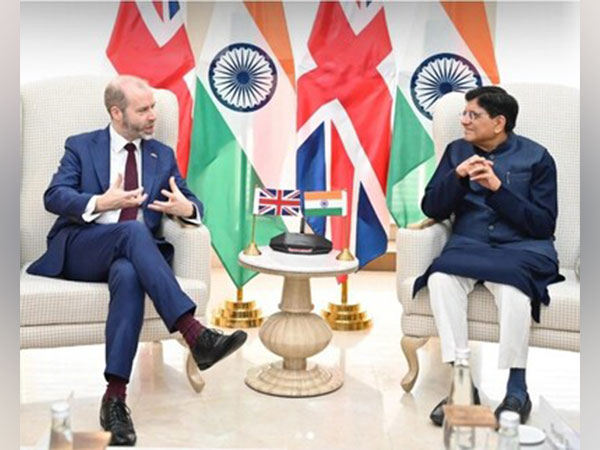
New Delhi: The India-UK Free Trade Agreement (FTA0, signed on Tuesday May 6th 2025, after nearly three years of negotiations, is one of the most comprehensive free trade agreement ever entered into by India.
The FTA is likely to set a new benchmark for equitable trade between two major economies.
Broadly, the UK-India FTA provides for tariff reductions and market access on various items by both countries. Under the agreement India will reduce import duties on 90 per cent of tariff lines, with 85 per cent of these becoming fully tariff-free within ten years.
Under the agreement, almost 99 per cent of Indian exports will receive duty-free access to the UK market, covering nearly the entire trade value between the two countries.
UK products such as whisky, gin, cars, cosmetics, medical devices, advanced machinery, and lamb will see significant tariff reductions. For example, tariffs on whisky and gin will be halved from 150 per cent to 75 per cent initially, and further reduced to 40 per cent over next ten years.
Tariffs on automotive will be reduced from over 100 per cent to 10 per cent under a specified quota system.
The agreement will boost key sectors and opens up bigger export opportunities for India, in sectors like textiles, marine products, leather, footwear, sports goods and toys, gems and jewellery, engineering goods, auto parts, and organic chemicals.
Exporters from UK will get easier access to the Indian market for products such as cosmetics, aerospace components, medical equipment, salmon, electrical machinery, soft drinks, chocolate, and biscuits.
In services sector, India will get enhanced access to the UK market for its professionals, especially in IT, financial, professional, and educational services sector.
The FTA includes provisions for easier movement of skilled workers, including contractual service suppliers, business visitors, investors, intra-corporate transferees, and independent professional.
There will be a three-year exemption from social security contributions in the UK for Indian workers and their employers I seen as a great achievement. This will result in significant cost savings and increased competitiveness for Indian service providers.
The FTA is projected to contribute USD 6.4 billion annually to the UK economy by 2040, while boosting bilateral trade to over USD 100 billion by 2030. The deal is expected to double bilateral trade from its current value of about USD 60 billion.
The FTA also cements the India-UK Comprehensive Strategic Partnership and is seen as a foundation for deeper collaboration in defence, technology, education, and tourism.
The agreement also addresses non-tariff barriers, ensuring smooth trade in goods and services and preventing unwarranted restrictions on exports. The deal not only is expected to attract foreign investment but also stimulate domestic manufacturing, and support the integration of both countries into global value chains.
From the deal, Indian consumers will benefit from lower prices on UK goods, while British buyers will see reduced prices and more variety in products like apparel, shoes, and food items.
The agreement is also seen as a milestone in global trade, and likely to set a benchmark for India's under negotiations FTAs with EU, Australia and New Zealand.